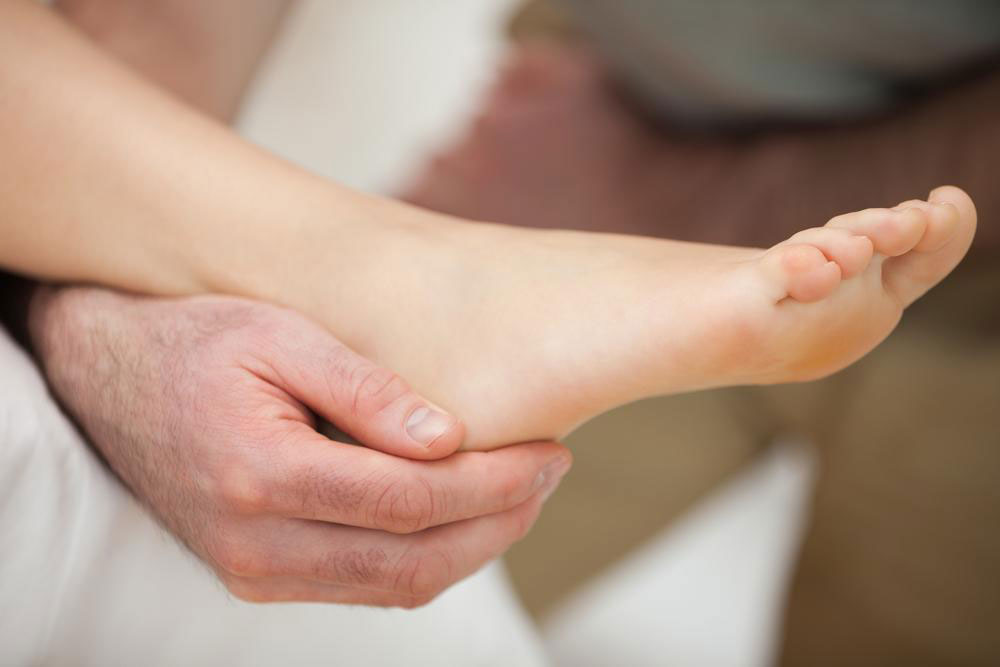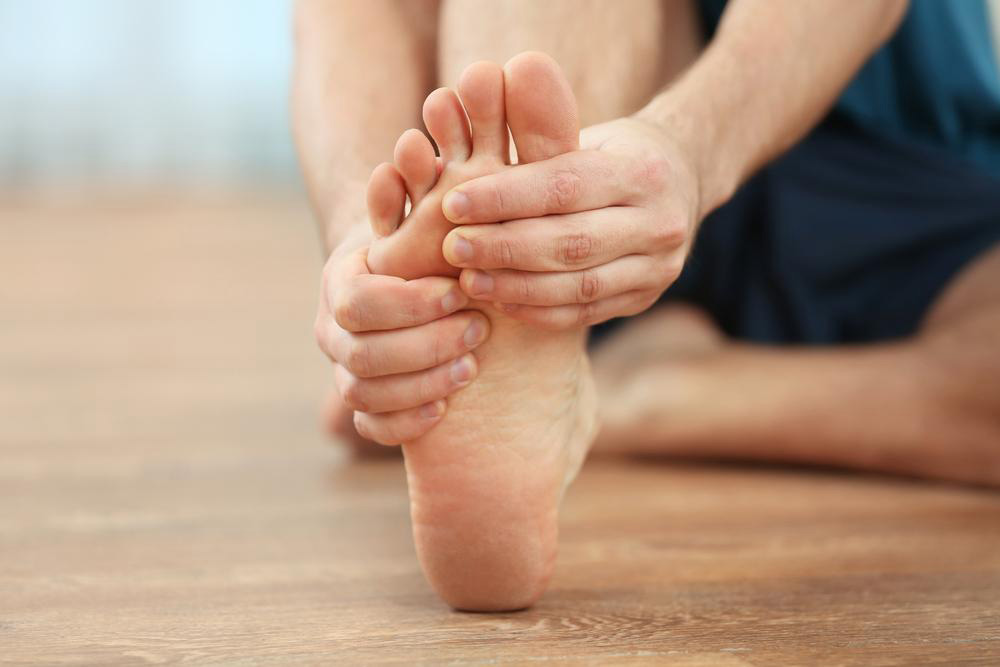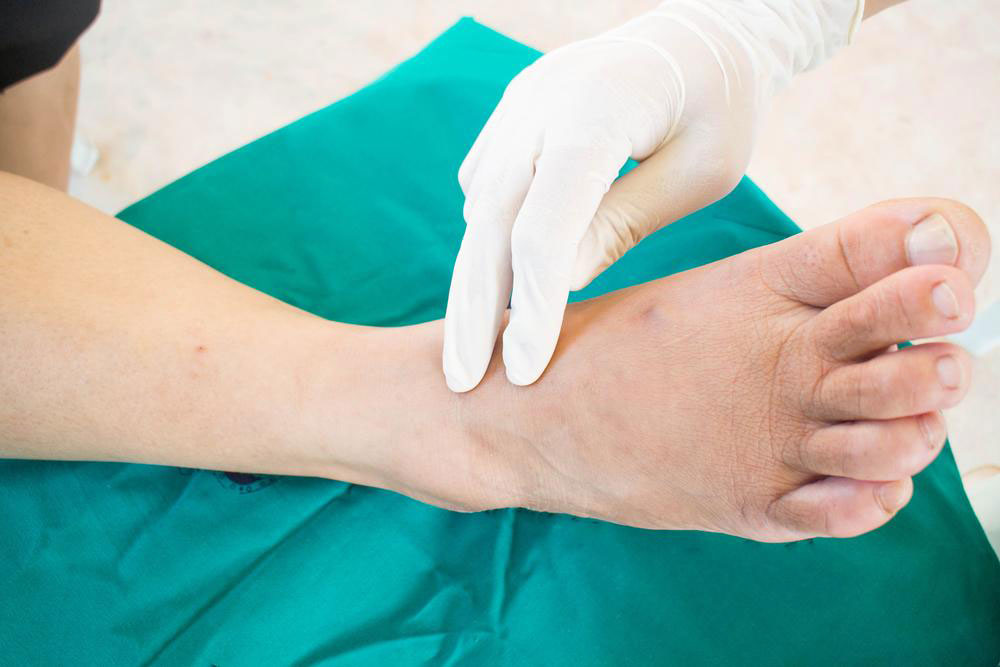Understanding Causes and Indicators of Neuromuscular Diseases
Discover the primary causes and common symptoms of neuromuscular conditions. This article explores genetic, viral, autoimmune, and nutritional factors influencing muscle and nerve health, along with key signs to watch for. Ideal for patients and caregivers seeking a comprehensive overview of neuromuscular disorders.

Understanding Causes and Indicators of Neuromuscular Diseases
The neuromuscular system relies on the coordination of nerves and muscles to enable voluntary movements. Neuromuscular disorders disrupt this communication, affecting nerves responsible for muscle control and sensory input. When neurons become damaged or die, muscle strength diminishes, leading to wasting and weakness.
Causes of Neuromuscular Conditions
Genetic Factors
Mutations in genes can cause neuromuscular diseases. These genetic changes may result from environmental influences like UV exposure or errors during DNA copying in cell division.
Inherited Conditions
Nervous system disorders can be passed down through families, making relatives prone to developing similar issues.
Hormonal Imbalances
Abnormal hormone levels can interfere with normal body functions, affecting muscle and nerve health.
Viral Infections
Viruses invading the body can infect tissues or even the nervous system, potentially leading to neuromuscular problems.
Metabolic Issues
Genetic metabolic disorders result from enzyme deficiencies caused by faulty genes, impacting muscle function.
Immune System Disorders
Autoimmune conditions cause the body to attack its own tissues, damaging nerves and muscles.
Nutritional Deficiencies
Poor diet lacking essential nutrients can lead to neuromuscular issues.
Signs and Symptoms
The symptoms of neuromuscular diseases vary based on severity and individual health. Common indicators include:
Muscle weakness accompanied by twitching, pain, or cramps
Muscle atrophy and loss
Difficulty with coordination and balance
Visual disturbances such as double vision
Numbness, tingling, and painful sensations
Breathing and swallowing challenges
Muscle stiffness and joint deformities
Drooping eyelids
Note: Our blog provides diverse informational content for educational purposes. While based on credible research, it should not replace professional medical advice. The website is not liable for discrepancies or updates in related data or offers.










